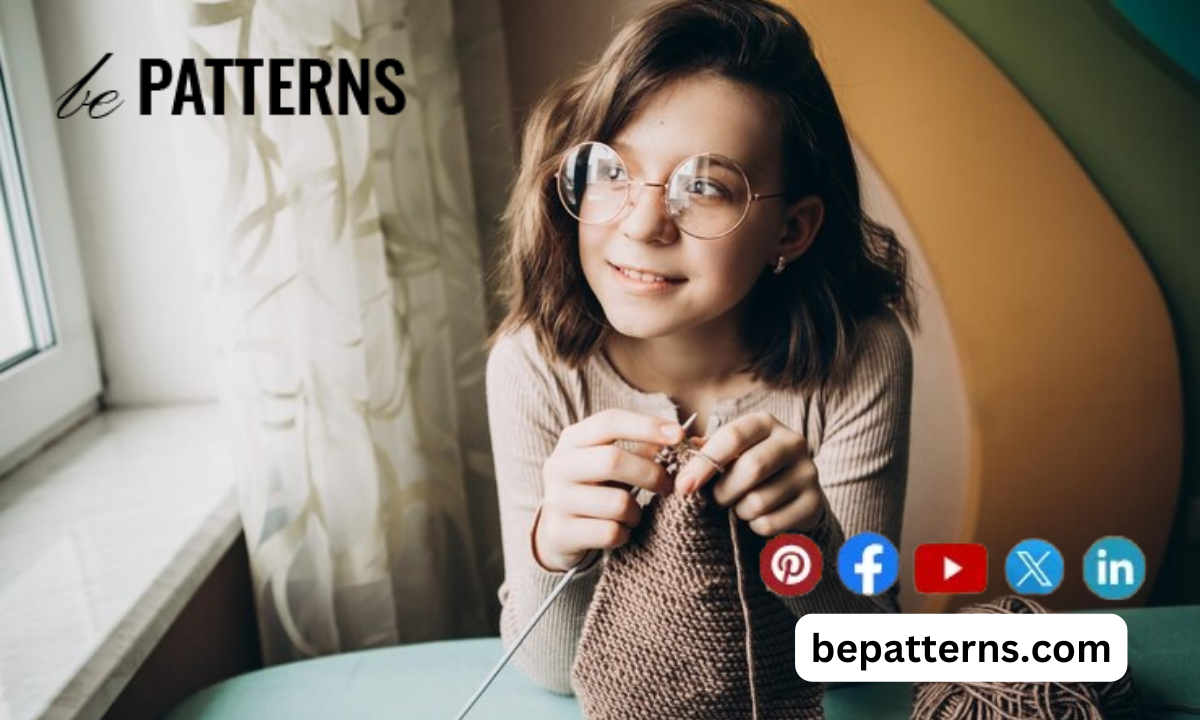To minimise vision issues and prevent eyesight from getting worse, follow these tips for preventative eye care. Firstly, maintain healthy vision by eating a balanced diet rich in nutrients beneficial for eye health, such as vitamins A, C, and E. Secondly, protect your eyes from harmful UV rays by wearing sunglasses outdoors.
Additionally, take regular breaks when using screens to prevent eye strain. Finally, schedule routine eye exams to detect any potential problems early and ensure proper eye health. By incorporating these habits into your daily routine, you can safeguard your vision and reduce the risk of eye problems like age-related macular degeneration, cataracts, glaucoma, and diabetic retinopathy.
Minimise Vision Issues
To minimize vision issues, it’s crucial to adopt daily eye care habits. Firstly, incorporate eye exercises into your routine to strengthen your eye muscles. Secondly, ensure a balanced diet with eye-friendly nutrients and consider taking vitamins and supplements beneficial for eye health.
Regular eye exams are essential for detecting and addressing any vision problems early. Additionally, minimize digital eye strain by taking breaks from screens and adjusting lighting to reduce eye fatigue and sensitivity.

No matter how creative crocheting allows you to be, you can’t deny that it can also be frustratingly tedious. Fortunately, a previous post highlights a few crocheting hacks for a smooth and stress-free crafting experience. These include three different ways to weave in your crochet ends and prevent them from unraveling over time.
While these tips can significantly help, among the other aspects of crocheting you must consider are its visual demands. Since you spend prolonged periods focusing on stitches and patterns, it can contribute to developing or progressing vision issues. Here’s how exactly crocheting can affect your vision and what you can do to take better care of your eyes.
The Visual Demands of Crocheting Minimise Vision Issues:
As previously mentioned, crocheting involves close focus and attention for extended periods, which may otherwise strain the eyes and tire them out. Eye strain can then manifest as a wide range of symptoms, including pain, discomfort, dry eyes, dizziness, and headaches.
Additionally, continuous near work in crocheting can be considered a risk factor for asthenopia, a condition that may cause severe visual fatigue and temporary blurred or double vision among individuals with myopia or near-sightedness. In other words, existing vision impairments may be exacerbated unless you pay attention to symptoms and warning signs and, most importantly, adopt the eye care tips in the next section.
Essential Eye Care Tips for Crocheters
1. Schedule Routine Eye Exams
Even if you don’t have refractive errors or experience vision-related problems, it’s best to have regular eye exams to monitor your vision health continuously. An eye test can also help detect minor eyesight changes or potential eye conditions for early prevention or management.
Fortunately, you can now book an appointment with a qualified Minimise Vision Issues Optician online to get an eye test every one or two years, as recommended by the NHS. Whether it’s an advanced eye test or an NHS-funded one, the optical retailer Vision Express also enables you to get corrective eyewear, if necessary, Minimise Vision Issues from its selection of eyeglasses, sunglasses, and contact lenses.
2. Pay Attention to your Lighting
Paying attention to the lighting in the environment in which you work can also help prevent vision issues. For instance, crocheting in the darkness can exert additional pressure on the eyes and cause fatigue.

But besides ensuring ample natural light, you also need to choose the right type of lamp or light bulb to Minimise Vision Issues for your room. Although LED light bulbs are energy-efficient and long-lasting, constant exposure Minimise Vision Issues to their faint flicker can lead to eye strain. Meanwhile, smart light bulbs from brands like Philips can help you adjust the tone and brightness closer to what your eye can tolerate.
3. Take Frequent Breaks
No matter how engrossed you are in your current crochet project, it doesn’t hurt to take regular breaks to allow the eyes to rest and refocus. Start by following the 20-20-20 rule, which reminds you to stare at something 20 feet Minimise Vision Issues away for 20 seconds every 20 minutes. You can also spend your break drinking water to prevent dry eye symptoms or doing eye exercises like zooming and blinking.
Conclusion
Overall, having healthy eyesight helps ensure you can fully enjoy crocheting and continue doing it for a long time. Try combining the eye care tips Minimise Vision Issues mentioned above with basic crocheting techniques, such as maintaining proper distance from the fabric, to ensure optimal comfort and eye health.

